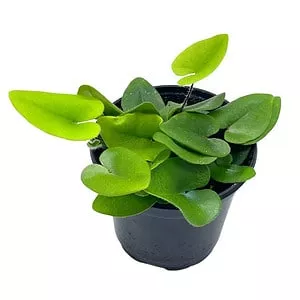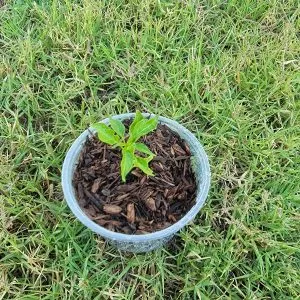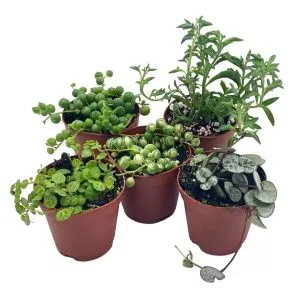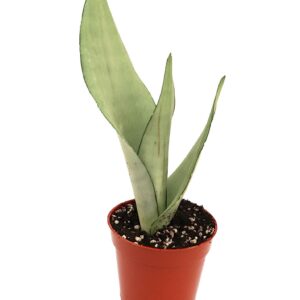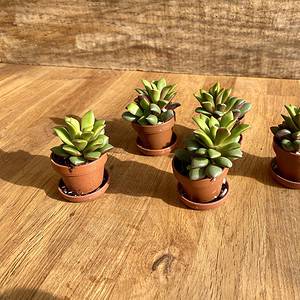No products in the cart.
With Itoh peonies, you get the best qualities of two worlds in one plant. The intersectional peonies are hybrid peonies made up of herbaceous and tree peonies.
When you plant Itoh peonies, you get long-lasting blooms with strong stems of lush green foliage with yellow, pink, red, white, or coral flower buds. Hence, they can grow as shrubs in the garden.
The best part is they make for beautiful cut flowers in a vase.
PLANT NAME: Itoh Peonies or Intersectional Peonies
PLANT TYPE: Herbaceous perennial
NATIVE AREAS: Hybrid peonies nursery
GROWTH: 3 feet tall to 4 feet wide
FERTILIZER: Water-soluble fertilizer
LIGHT REQUIREMENT: Full sun to partial shade
PROPAGATION: Root division
SOIL TYPE: Rich, well-drained soil
TEMPERATURE: Need a cool period to bloom
TOXICITY: Toxic to humans and pets
WATERING: Moderate Watering Depending on The Rainfall
USDA ZONES: 3 to 9
More About The Itoh Peonies
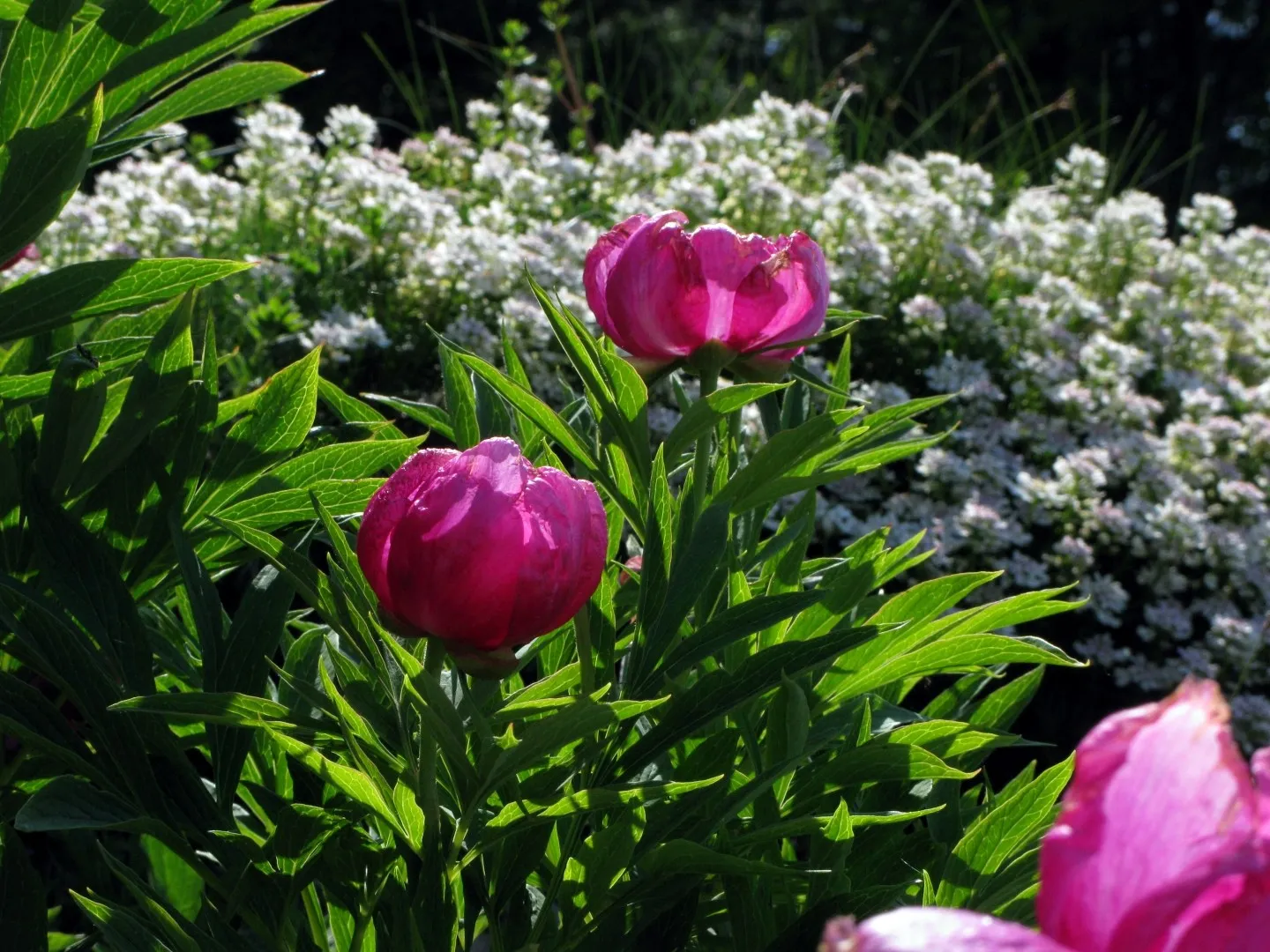
The Itoh peonies are called intersectional peonies. Itoh peonies share the qualities of the tree and herbaceous peonies. The plant produces leaves similar to the outdoor tree peony plants. Still, the growth habit mimics the herbaceous portion of other shrubs as they die down to the ground in winter and reemerge in early spring.
The plant has a woody structure but remains low to the ground instead of growing long stems. As a result, the intersectional peonies produce more than 50 dinner-plate-sized flower buds, and the branches need no staking in the wind.
During bloom time, the peony buds have a sweet nectar attracting pollinators like birds and bees to the garden. The plants can remain in bloom for up to four weeks, and you can use them as cut flowers with the vast range of colors available.
The intersectional peony plants can grow up to 2.5 feet tall and have a compact growth suitable for a perennial border. While the Itoh peonies share the qualities of their parent plants, it is a slow-growing species as the seedlings can take up to four years before bloom.
The botanical name of the Itoh peony is Paeonia CVS, and it belongs to the Paeoniaceae family. It does not have native regions, as it is a nursery hybrid that will surely fill your garden with gorgeous colors. Another fascinating thing is that you can grow them in flowerpots.
So, add your gorgeous plant with other peonies for vibrant colors to stand out on the patio.
Tree and Herbaceous Peonies Caring Tips
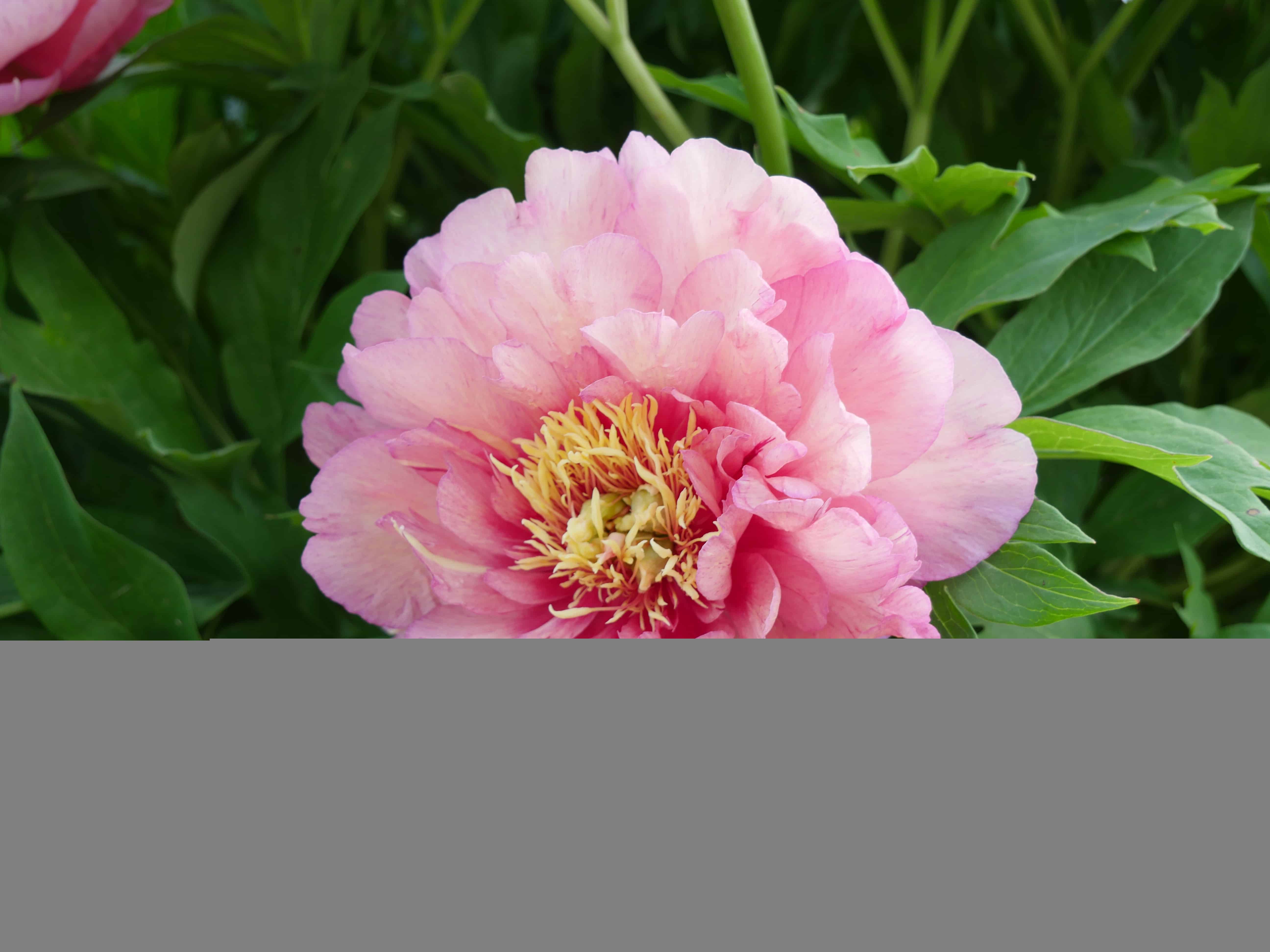
The herbaceous peonies have the exact needs of your standard trees and herbaceous peonies. The important thing is to get your container plants into the ground as soon as possible.
The hybrid peonies are large plants; you must space them at least four feet apart. The best time to plant Itoh peonies is in early spring, and you will need to prepare a planting hole deeper and wider than the soil covering the root ball.
Once planted, water the surrounding soil for your peony plants to develop a strong root system.
When to Plant Itoh Peonies
The tree and herbaceous peony are cold, hardy plants. Intersectional peonies should be planted as soon as you receive them. Nonetheless, we do recommend planting peonies before the frost date.
So, choose a spot with the full sun with some partial shade for the blooms and strong stems to last longer.
These prolific bloomers will keep your garden looking great with direct sun and shade. Another thing is that soil prep matters a lot for your peonies.
For soft, rich, loose soil, use three parts clay, one part compost, and two parts sand.
We recommend composting for most sand and clay soils to help retain moisture and drain well.
Intersectional Peonies Soil
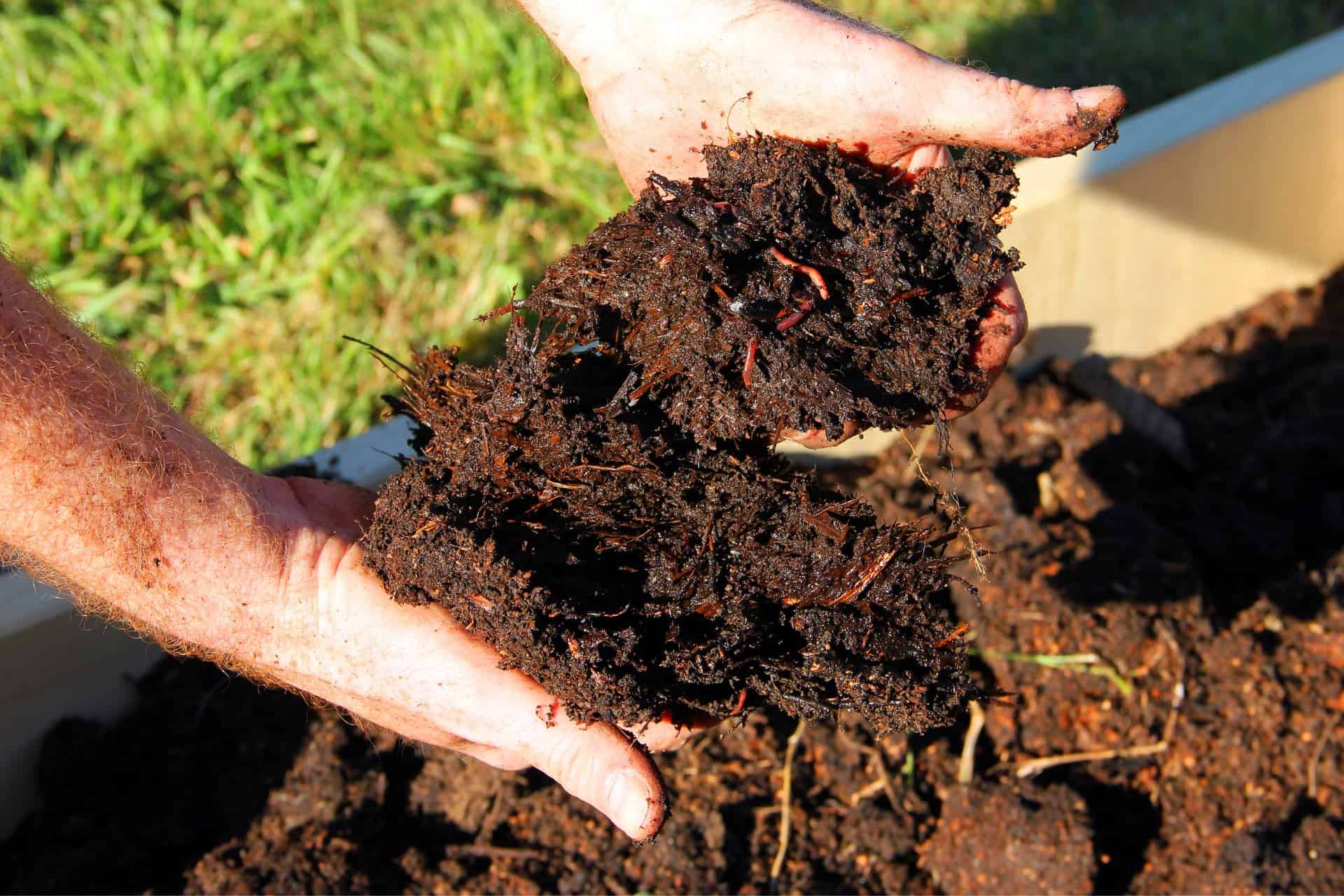
Itoh peonies prefer soil that is rich and drains well. It does not do well when planted in dense to water-retentive soil. So, amend the soil with some organic matter to provide them with well-drained soil.
Another important thing is to grow Itoh peonies; they prefer being in the ground to plant pots than most other perennial plants. Also, remember to provide them a space of four feet apart.
Itoh Peony Care And Watering
When properly planted in well-drained soil, the important thing is to ensure your plants get enough water in the first growing season. So, thorough soaking is essential for the fibrous roots to become established.
While rain is enough, it helps to water them during spring and summer when you find dry spells. Frequent water is needed if you plant your peonies in sandy soil. Still, avoid overwatering and water at the base of the plant to prevent root rot and fungal disease.
Temperature and Humidity
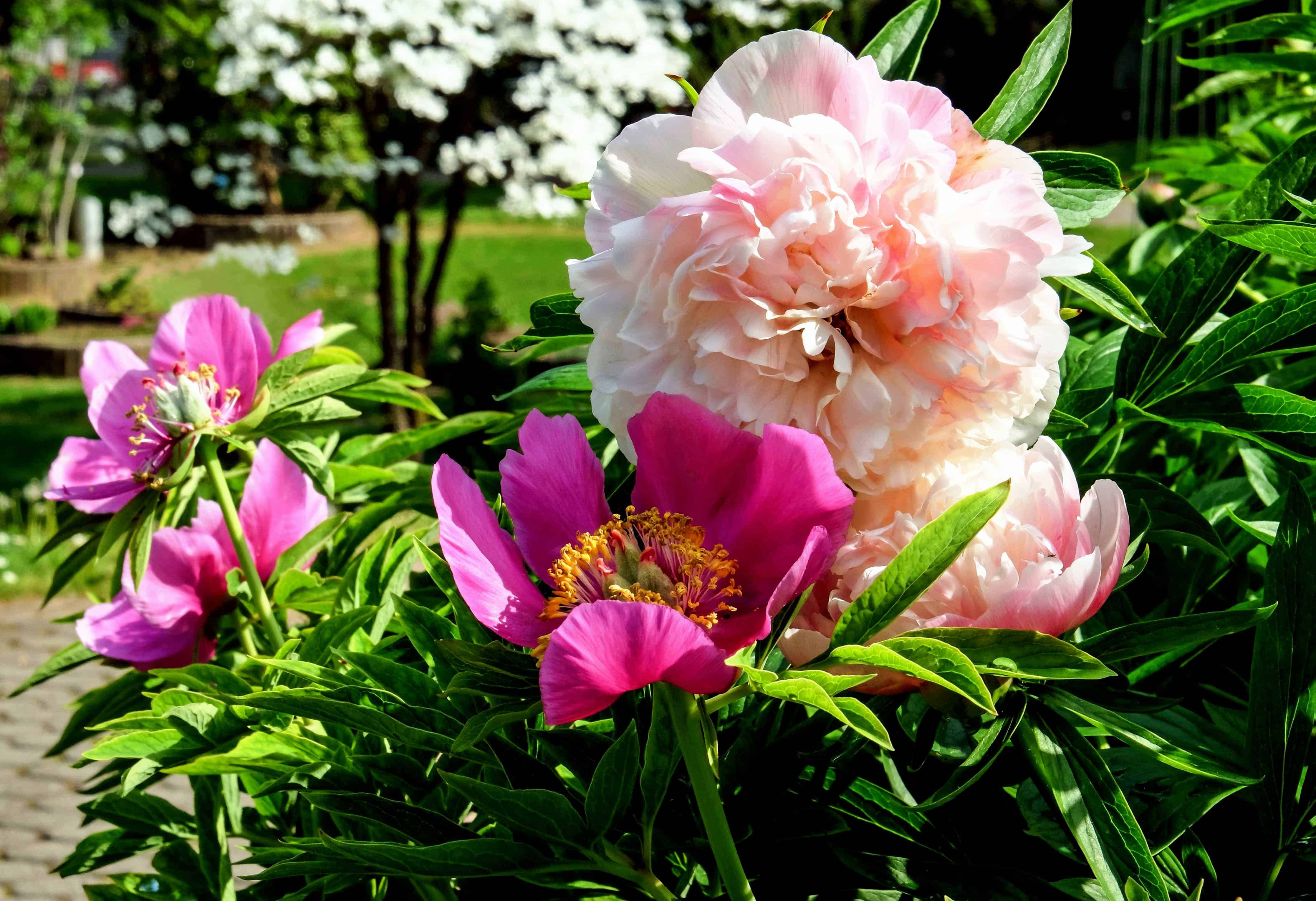
When your peonies are planted in a raised flower bed with ample drainage, they can survive a winter chill below -25°F. But they do their best in warmer climates, like in zone 8. But if you live where temperatures remain freezing, they do not do well, even if they need a cool period to rest for reblooming in spring.
The plant can tolerate different humidity levels, but prolonged humid conditions will lead to fungal disease. Therefore, we recommend watering your intersectional peony well in the weeks leading to frost. Before the winter sets in, we recommend removing the leaves to prevent fungal spores in the foliage from overwintering.
Once you notice the herbaceous peony stems turning brown, clip them off to above ground level, but do not clip off the crown growth buds. Alternatively, you can add a layer of organic mulch around the plant, but it should not touch the base or crown.
Fertilizer For Perennials
Fertilizer peonies at least three times per year. In early spring, when the shoots appear and the flower buds appear, and in fall, to help with root development before winter arrives.
In spring and summer, you can fertilize most peonies with a 10-10-10 formulation, and in fall, a 5-10-10 one. Preferably use a water-soluble feed instead of a slow-release fertilizer.
With foliar feeding, you have a healthy plant with dark green foliage in the garden.
Pruning Itoh Peonies
Pruning Itoh peonies is a straightforward process that helps maintain the plant’s health and appearance. Prune your Itoh peony in the fall after the leaves have turned brown and died back. This is usually in late autumn, around October or November.
Trim the stems down to ground level, about 2 inches from the soil. Itoh peonies are herbaceous perennials, meaning their growth dies entirely in the winter, so you can cut the old growth down without worry. This helps remove any potential sources of disease or pests.
If you live in an area with harsh winters, consider applying a mulch over the peony bed after pruning. This helps insulate the roots from extreme cold and may also deter weed growth in the spring. Monitor your Itoh peony for damaged or diseased stems as new growth begins in the spring.
Remove the damaged growth as needed, and also remove the spent flowers. This helps maintain the plant’s health and appearance.
-
$14.99Sold By: BubbleBlooms
In stock
Heart Fern, Hemionitis Arifolia, 4 inch pot, Heart Leaf, Tongue Fern
Rated 4.81 out of 5 based on 279 customer ratings00Sold By: BubbleBlooms -
Free Shipping$75.99Sold By: Cacti and Exotica
In stock
Ferocactus emoryi | Fishhook Barrel Cactus | 6″ Pot
Rated 4.98 out of 5 based on 59 customer ratings00Sold By: Cacti and Exotica -
$25.00Sold By: That Wild Yard
In stock
Rare Plumeria, Madame Poni, 15+ in cutting
Sold By: That Wild Yard -
$11.99Sold By: Succulent Oasis
Only 1 left in stock
Medium Balloon Cactus – A spherical golden spined cactus!
Rated 4.84 out of 5 based on 352 customer ratings01Sold By: Succulent Oasis
How to Grow Itoh Peony in Pots
Growing Itoh peonies in a pot is a fantastic way to enjoy these beautiful flowers if you have limited garden space or want to add a touch of elegance to your patio or balcony.
Select a large pot with a diameter of at least 18-24 inches and a similar depth. A receptacle of this size provides ample space for the peony’s roots to grow and allows for stability. Ensure the container has drainage holes at the bottom to prevent waterlogging, which can harm the peony.
Use a high-quality potting mix that contains organic matter like peat moss or coco coir. You can enhance drainage by adding perlite or sand to the mix.
When planting Itoh peonies in a pot, follow these steps:
Place a layer of potting mix at the bottom of the planting pot.
Gently remove the peony plant from its original receptacle or carefully separate a division if propagating.
Peonies are planted in the receptacle at the same depth previously planted in the ground, with the eyes (buds) no more than 2 inches below the soil surface.
Fill the receptacle with potting mix, leaving about an inch of space from the rim for easy watering.
Itoh peonies thrive in full sun, so choose a location for your receptacle where it receives at least 6-8 hours of direct sunlight daily.
Water your potted peony thoroughly, but avoid too much water to prevent root rot. Water when the top inch of soil feels dry to keep the soil moist. Make sure the receptacle has good drainage to prevent soggy roots.
Itoh peonies can become top-heavy in the bloom season. You may need some support to prevent the stems from bending or breaking. Hence, they might require staking using peony rings to support the heavy flowers.
While Itoh peonies are cold hardy, providing some winter protection in colder zones is a good idea. You can mulch around your plant with a layer of straw or leaves to insulate the roots and protect them from extreme cold.
After the leaves have died back in the fall, cut them down to the ground. This helps prevent disease and prepares the plant for new growth in the spring.
Propagating Itoh Peonies
Propagating Itoh peonies can be done by dividing a mature plant. Propagation of Itoh peonies is best done in the early fall, before new growth begins, or in late summer. This allows the plant to establish roots before winter.
Tools and Materials:
Sharp, clean pruners or garden shears
A shovel or garden fork
A new planting site with good drainage
Compost or organic matter
Mulch (optional)
Steps:
Choose a suitable location for the new Itoh peony plant. Ensure it receives at least 6-8 hours of sunlight daily with light shade in the afternoon and they have good drainage. Improve the soil quality by adding compost or organic matter.
A day or two before dividing, water the parent plant thoroughly. This will make it easier to dig up the plant and minimize stress.
Use a shovel or garden fork to dig around the parent plant, starting about a foot away from the base of the plant. Dig deep enough to lift the entire root ball. Be careful not to damage the roots.
Once the parent plant is lifted, carefully shake off excess soil to expose the root system. Look for natural divisions or “eyes” (buds) on the root system. Each division should have several healthy eyes and a portion of the roots. You can cut or separate these divisions with a clean, sharp pruner or garden knife.
Plant each division in the prepared location, ensuring the eyes are no more than 2 inches below the soil surface. Space them at least 3-4 feet apart for future growth. Water thoroughly after planting.
You can apply a layer of mulch around the newly planted divisions to help retain moisture and insulate the roots. This is especially helpful in areas with harsh winters.
Throughout the following spring and summer, continue to water and care for the newly planted divisions as you would an established Itoh peony. They may not develop flowers in the first year but will grow and produce beautiful flowers with time.
Other Tree and Herbaceous Peony Varieties
There are other plants in the Itoh peony cultivars you can choose from. Here are some intersectional Itoh peonies you can easily grow in your garden.
Garden Treasure Itoh Peonies
The Itoh peonies have golden yellow double flowers and can grow up to 30 inches tall and five feet wide.
Border Charm Itoh Peonies
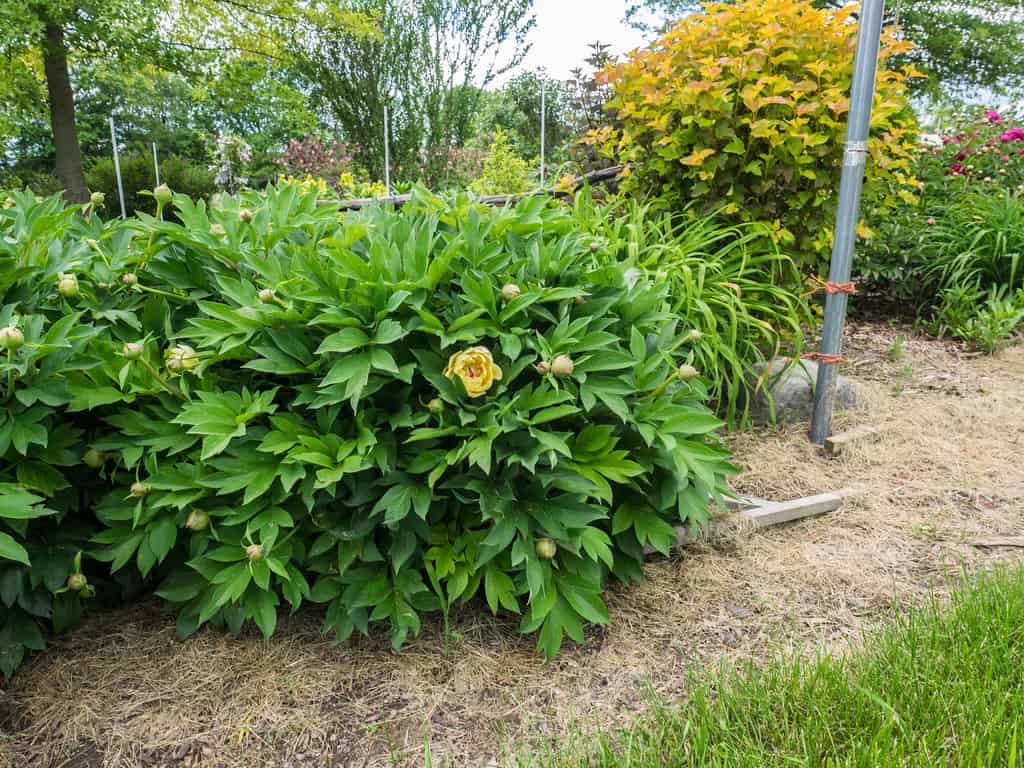
It is a smaller variety growing two feet tall with semi-double yellow flowers.
New Millenium Itoh Peony
The Itoh peony has deeply lobed foliage with coral pink semi-double flowers and only grows up to 28 inches tall.
Bartzella
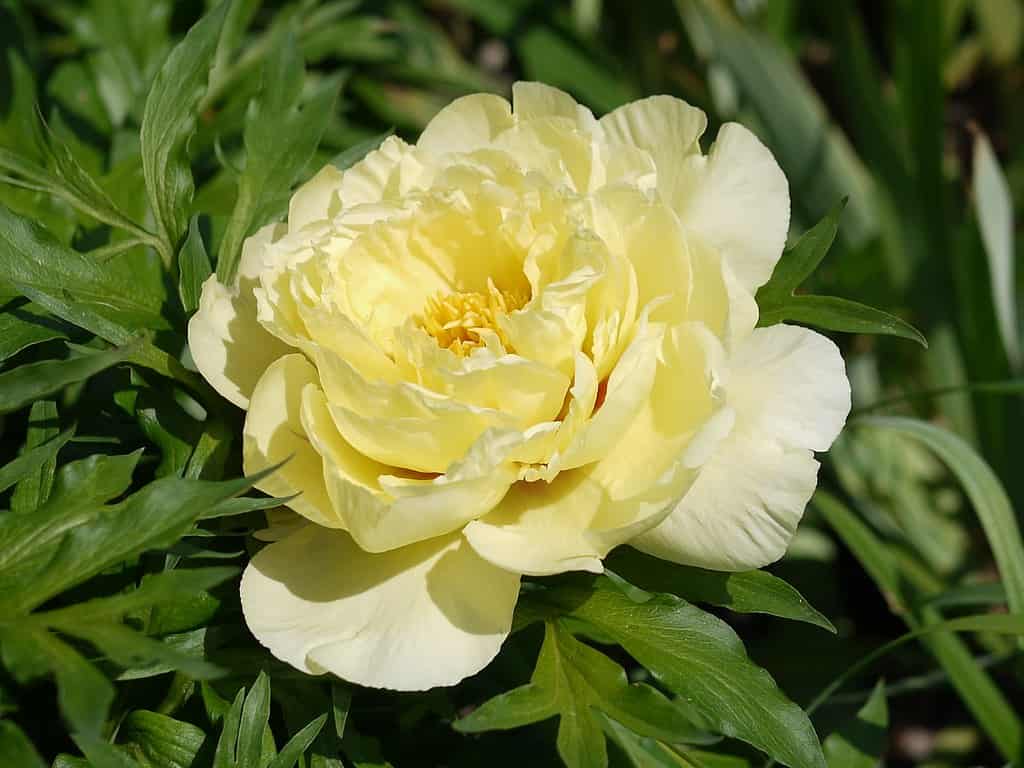
The plant has bright yellow double flowers with a red center and a spicy scent.
Yankee Doodle Dandy
The blooms can range from semi to double in deep pink with a cream undertone.
Common Pests and Diseases
Many varieties of peonies can attract different types of beetles, like the Japanese beetles and chafer beetles. These bugs feast on the buds and flowers. You can pick them off by hand or use a pesticide to control them. An excellent option is Neem oil.
A fungal disease is a powdery mildew that coats the dark green foliage with a white-gray powder. It is not deadly but does make your plant peonies look unsightly. The infection happens when you water your plants from above.
When you coat your plant with Neem oil, when you notice it at first, it can prevent it from spreading. Lastly, you get botrytis, or peony blight, a deadly disease but treatable by removing the infected parts and using a fungicide.
Another concern is the rotting of the roots, resulting when you do not have excellent drainage and the water remains in the soil.
Frequently Asked Questions
The Itoh, or intersectional peony, combines herbaceous and tree peonies. They combine the best qualities of both types with stunning, large flowers and sturdy, upright stems. They are perennial plants that produce beautiful flowers in various colors.
Yes, you can grow the Itoh peony in a container. Ensure you choose a large container with good drainage, use a well-draining potting mix, and provide them with adequate sunlight, water, and care. Still, grow Itoh peonies as they prefer growing in the ground.
Prune your Itoh peony in the fall after the foliage has died back. Cut the stems down to ground level, about 2 inches from the soil. This helps remove potential disease sources and prepares the plant for new growth in the spring.
To care for your Itoh peony, provide them full sun (6-8 hours per day), well-draining soil, and regular watering. Fertilize in the spring, support tall flowers, and protect them during harsh winters. Proper pruning and cleaning up debris in the fall are also essential.
These shrubs typically bloom in late spring to early summer. The blooming period can last for 2-3 weeks, and some cultivars may produce additional flushes of blooms later in the season.
The Itoh peony is generally hardy and can be grown in various climate zones, depending on the cultivar. Be sure to choose a cultivar suited to your specific climate and provide proper winter protection if you live in an area with freezing winters.
Whether you want to buy, sell, or simply reach out to other plant enthusiasts, Plantly is the right place to be!
-
Free Shipping$20.00Sold By: Blessed Family Farm
In stock
Live Cayenne Pepper Plant
Rated 4.82 out of 5 based on 22 customer ratings03Sold By: Blessed Family Farm -
$49.99Sold By: BubbleBlooms
In stock
Succulent Strings Set, Variegated String of Pearls, Turtles, Hearts, and Needles, premium collection, in 2 inch pots, plant gift
Only 99 available and it’s in 2 people’s basketRated 4.81 out of 5 based on 279 customer ratings01Sold By: BubbleBlooms -
$18.00Sold By: PotHedz Plants
In stock
Sansevieria moonshine
Only 1 available and it’s in 3 people’s basketRated 4.96 out of 5 based on 106 customer ratings00Sold By: PotHedz Plants -
$6.00Sold By: Smoot's Farm
In stock
Rainbow Sand Rose or Anacampseros Rufescens Variegata 1″ Pot Live
Rated 4.89 out of 5 based on 27 customer ratings00Sold By: Smoot's Farm
